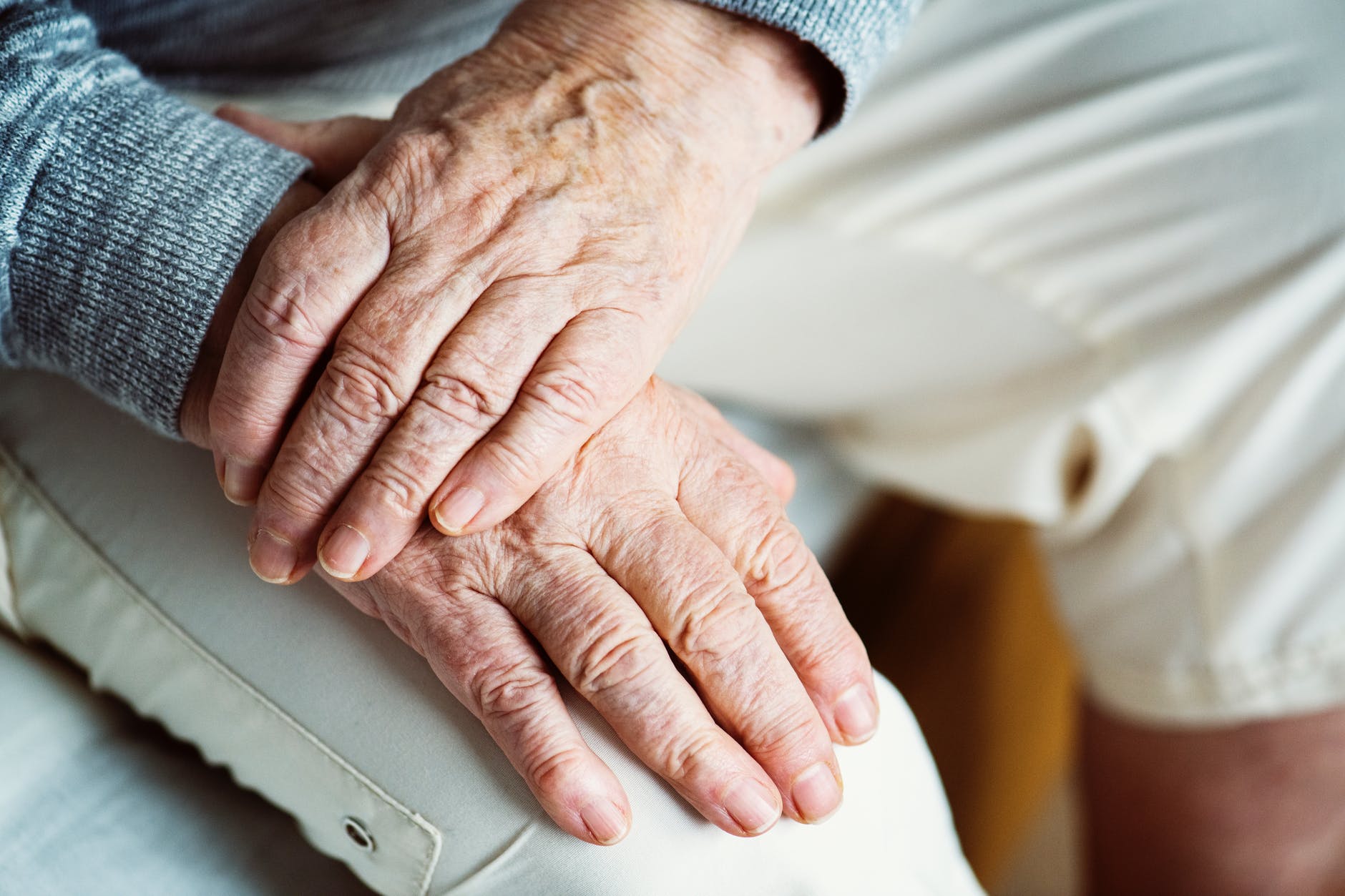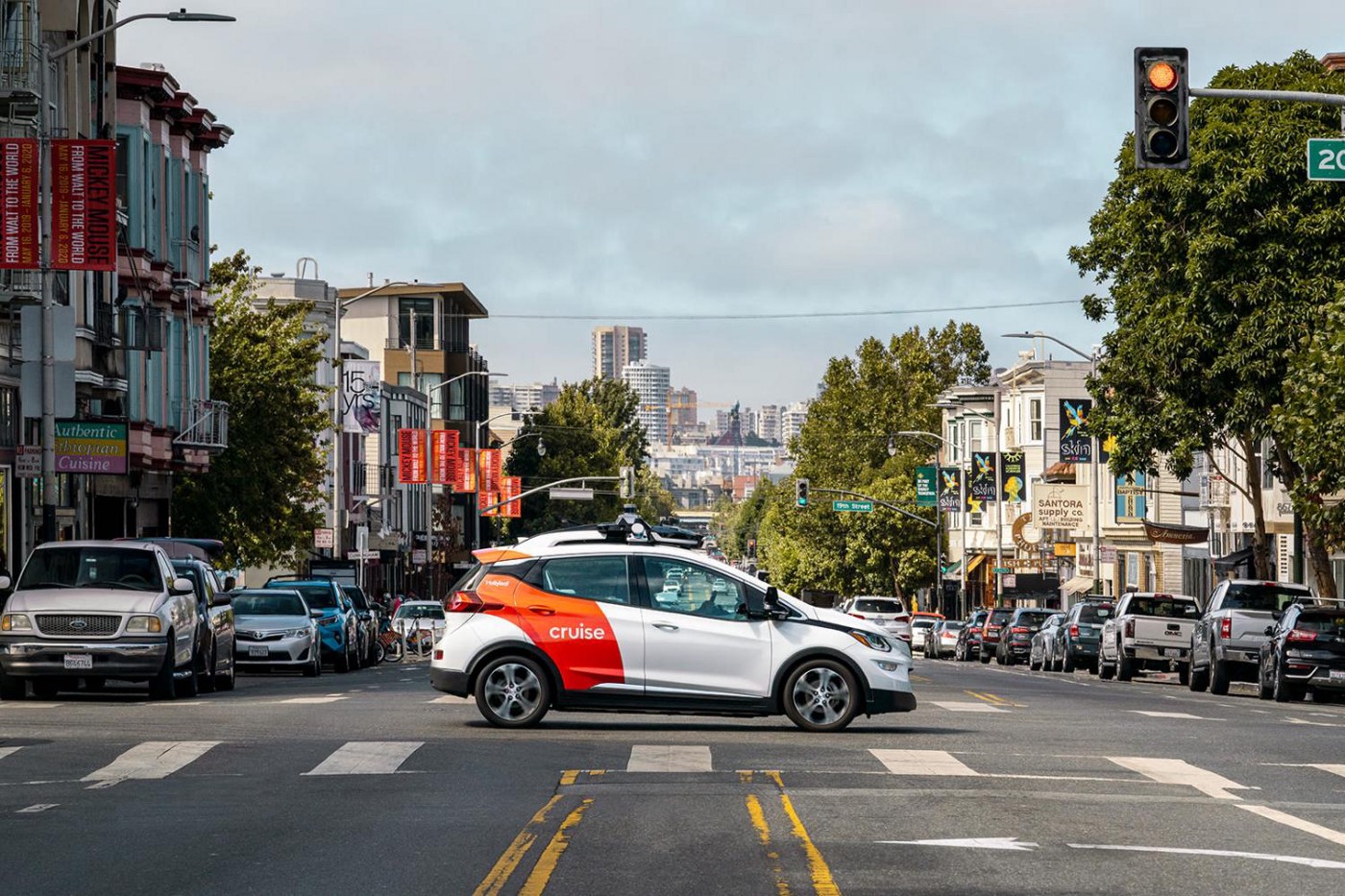Seniors and disabled people have specific living space challenges. Luckily, technology makes things easier.
When it comes to safety and accessibility, not all homes are created equal. In fact, a recent New York Times article highlights the difficulties of “aging in place.” The article states that less than 4 percent of the U.S. housing market has the three most important accessibility features. In order for older or disabled people to move, safely, around their living spaces they need entrances without steps, single-floor living, and wide hallways and doorways that can accommodate wheelchairs.
How many New Yorkers need to adapt their homes in order actually live there? Data shows that there are more than a million people, over the age of 65, living in New York City. According to a report by the Center for Independence of the Disabled, New York, “In New York City, there are 889,219 individuals with disabilities; that is, 11.0 percent of the population.”
Together, that means there are nearly 2 million New Yorkers that may need to adapt their homes in order to engage in standard activities of daily living. Both populations experience barriers, physical and communications-related, that the young and able-bodied don’t face, but that’s where New York grit and determination, combined with technology, come into play.
Because, whether the challenge is a senior’s desire to stay in their home, or a physical disability, adaptive technology is making things just a bit more user-friendly for people at all ages and stages of physicality.
The first place to consider adaptive technology is literally at the front door. Entering and leaving a home, or apartment, is a daily activity for most. Ideally, a door entry system with a keypad or hands free access should be installed at a height that’s convenient, usually about three-feet. Caretakers and family members can also have fobs, or access codes.
Senior safety devices are a growing field. Given that, according to the CDC, about 33 percent of accidents and falls involving people aged 65 and over occur at home, a Personal Emergency Response System, Medical Alert, or Medical Emergency Response System is a very good idea. All systems work easily; the push of a button summons emergency help (police, ambulance, etc.) immediately. The technology has been around for a while and today’s systems have three components. A small radio transmitter in the form of a “help” button carried or worn by the user sends a signal to the console, or base station, connected to the user’s telephone. The console automatically dials the Central Monitoring Station and an emergency response center monitors those calls.
On the other end of the technology spectrum are electronic personal assistants, like the Amazon Echo. “Alexa,” the electronic voice that takes requests from the user, can do everything from reciting the daily news, to setting a timer or alarm (think, medication reminder!) That’s without even considering the 15 thousand (and growing) list of “Skills” that can be added to Alexa’s “to do” list. For instance, Smart Skills allows the user to control lights and thermostats via the voice controlled system Uber and Lyft both have skills that can be enabled, making it easier on people who don’t drive.
(Of course, in New York, there are also cabs and excellent public transportation.)
For anyone who doesn’t want a Medical Alert system, but might need help quickly, The Ask My Buddy skill will send a notification (text, SMS or phone call) to a preselected contact. It’s perfect for emergencies when the phone is out of reach.
The ultimate in technology-that-helps is, of course, robotics. Toyota announced, in July, that it had completed its first in-home trial of the Human Support Robot (HSR.) The meter-high robot successfully helped a 100 percent disabled veteran with basic household tasks like opening doors and picking up a bottle of water.
The video makes it clear that this sort of technological assistance is life-changing.
Technology “gadgets” have the reputation of being novelties, but when those devices are used to help people live better, safer, more independent lives then it’s clear that they are valuable tools and not just toys.





